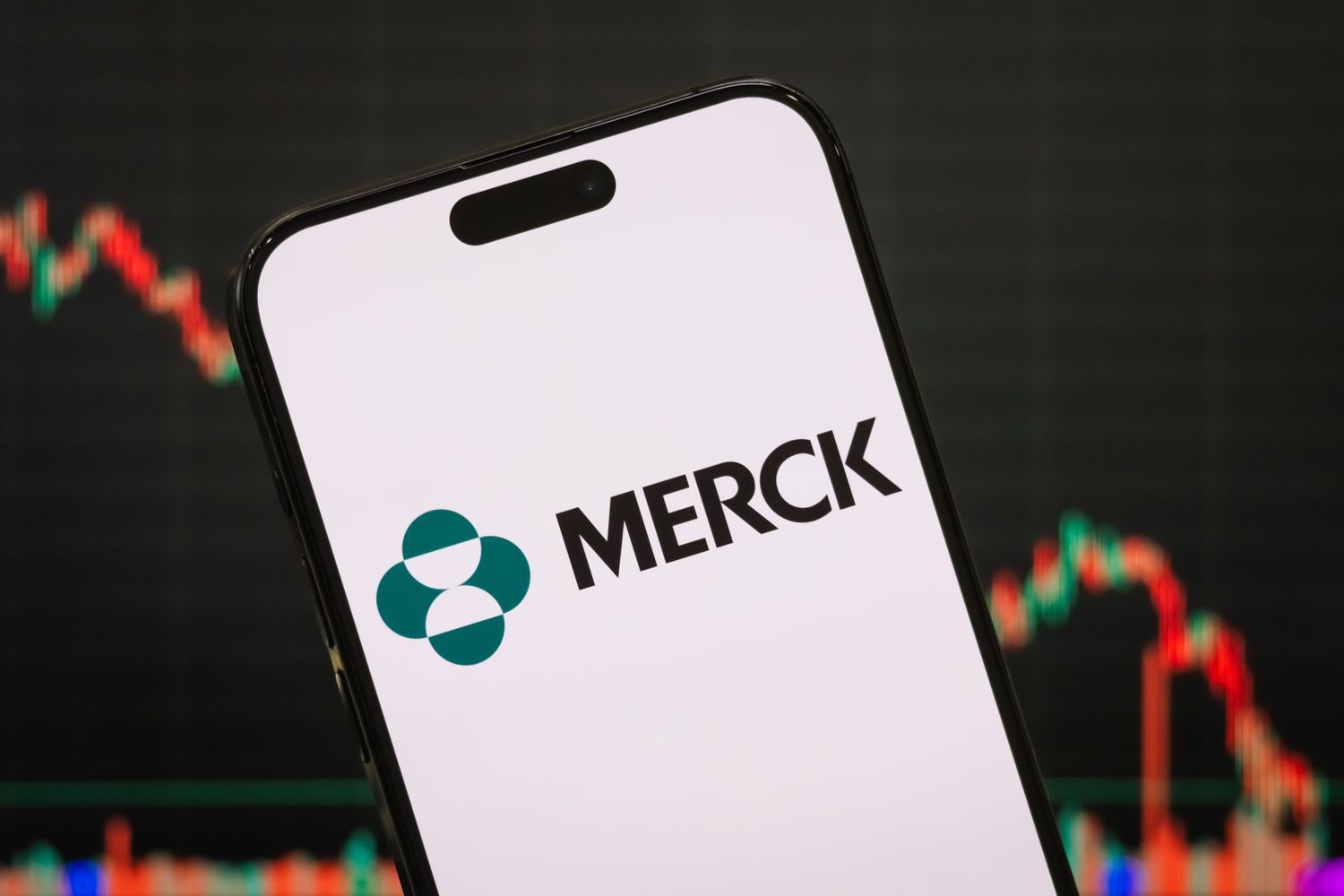As banks deepen their use of AI, blockchain, and other technologies, expectations for innovation are rapidly evolving. Discover the 2025 Global Winners.

HSBC
HSBC’s 2023 acquisition of Silicon Valley Bank’s UK operations led to the creation of its HSBC Innovation Banking unit, with innovation teams in the US, Israel, and Hong Kong joining a 600-strong UK team.
Since then, innovations have flowed thick and fast, including SemFi by HSBC, which aims to deliver seamless embedded finance solutions to business clients. The bank’s one-stop solution for managing domestic and international payments, Smart Transact, launched last November, makes managing payments more efficient, streamlined, and simpler for businesses of all sizes, particularly those looking to grow internationally. It offers a single point of access to various payment solutions and the flexibility to add services as needed.
Despite its closure after a year for strategic reasons, HSBC’s Zing payments app, which was intended to compete with Wise and Revolut, demonstrates the bank’s willingness to innovate and take risks. The experience likely provided valuable lessons for HSBC.

Reserve Bank of India (RBI)
RBI’s Unified Lending Interface (ULI) is a transformative initiative poised to democratize credit access, foster economic growth, and revolutionize India’s financial landscape. Bridging credit gaps and promoting collaboration, ULI aims to enhance financial inclusion, operational efficiency, and transparency, setting a global standard for digital public infrastructure.
Addressing challenges in India’s credit market—where traditional practices exclude marginalized groups due to factors like insufficient credit history and process complexity aggravate the problem—ULI offers a unified digital platform connecting borrowers and lenders. This reduces lending complexities and costs, making credit more readily available. ULI’s collaborative open framework admits a diversity of financial institutions, fostering competition, innovation, and better terms for borrowers. Its integration with other digital infrastructure aims to create an efficient financial ecosystem.

Standard Chartered
As a client-centric bank, “we are continuously investing in developing our payments channel and foreign exchange solutions to meet the rapidly changing business environment our clients are operating in,” says Mahesh Kini, global head of Cash Management at Standard Chartered.
New offerings include crypto- and digital-asset custody services available across the EU via Standard Chartered’s new Luxembourg entity. Innovations include Open Banking Marketplace and SC PrismFX, an ESG-linked cash account for corporate clients that ties fees and interest rates to ESG performance.
“APIs play a leading role in driving real-time connectivity between Standard Chartered and our clients across both traditional and digital assets,” says Margaret Harwood-Jones, global head of Financing and Securities Services. “We have recently extended our open banking API solutions to deliver a seamless digital-first experience to our custody FX solutions in multiple restricted currency markets, as well as being a key channel for our clients to access our bank-grade digital-asset custody service to capture the opportunities from this exciting asset class.”

Auquan
In March, UK-based Auquan launched an industry-first AI agent purpose-built to perform risk monitoring and detection for financial services companies. Beyond merely assisting analysts, Auquan’s AI agents independently execute workflows end-to-end, from data gathering through structured reporting, freeing professionals to focus on high-value work.
Auquan’s Risk Agent autonomously monitors public and private company portfolios for early risk signals across a host of factors and supports potential additions. It aids investment and credit teams in risk management by standardizing tracking, quantifying qualitative data, aggregating sources, prioritizing risks, and adapting to new regulations.
“At Auquan, our mission is to liberate financial professionals from soul-sapping manual tasks and bring meaning back to their work,” states CEO Chandini Jain. “With our Risk Agent, we’re empowering teams to escape the endless cycle of data gathering and monitoring so they can focus on analyzing risks and taking decisive action before problems escalate.”

Nubank
Brazilian neobank Nubank last October launched NuCel, a mobile phone service providing flexible, commitment-free plans that integrate with Nubank’s existing digital ecosystem. Nubank aims for NuCel to address problems of poor customer service, unexpected price hikes, and difficulties in changing or canceling plans.
Facilitating the launch, Nubank has partnered with Claro Brasil to offer an MVNO (mobile virtual network operator) providing 5G connectivity. NuCel customers can manage their plans directly through the Nubank app and access exclusive benefits within the Nu ecosystem, all within a seamless digital experience. NuCel is initially being offered to users who registered their interest at launch, with a gradual expansion to other Nubank customers.
Nubank deepened a push into travel this year as well with a platform that lets users book flights and hotels via crossborder accounts.

REGnosys
Sweeping changes to trade reporting rules across six major jurisdictions—the US, the EU, the UK, Japan, Singapore, and Australia—defined the regulatory landscape in 2024, illustrating the intensity of what Laurent-Olivier Labeis, founder and CEO of REGnosys, calls a “compliance marathon.” This year, the race shows no signs of slowing down.
“Over the past 15 years, regulatory reporting has grown increasingly challenging,” says Labeis. “The sheer volume of data requirements, combined with often complex and ambiguous rules and tight implementation timelines, has led to inefficient compliance approaches globally.”
Industry-wide collaboration through open-source technology is becoming pivotal to both keeping pace with regulatory changes and simplifying compliance. In 2024, REGnosys, developer of a cloudbased collaborative platform designed to simplify compliance, introduced Rune, its regulatory reporting language, to the Linux Foundation’s Fintech Open Source Foundation (FINOS).
“Rune allows firms to define functional reporting logic to derive regulatory attributes from standardized inputs, ensuring consistency, efficiency, and defensibility with regulators,” says Labeis. “REGnosys’ award-winning data-modelling platform, Rosetta, enables this logic to be directly integrated into firms’ IT systems to ensure accurate, automated compliance.”
By pioneering open, standardized reporting solutions, REGnosys is helping redefine how financial institutions tackle regulatory compliance.

FinWise Bank MoneyRails
FinWise Bank’s 2024 launch of MoneyRails, a payment hub accessible via API, enables fintechs and other businesses to secure deposits and efficiently process high-volume payments. MoneyRails intelligently routes payments through either the TCH RTP or FedNow network, depending on the recipient’s bank, ensuring fast settlement and minimizing delays.
In cases where the receiving institution does not support TCH RTP or FedNow, the platform defaults to ACH processing, guaranteeing that all payments are completed without issue. This fallback system ensures universal payment processing, even with banks not enabled in real-time.
MoneyRails facilitates real-time transaction settlement, eliminating the need for overnight clearing or batch processing. By supporting both TCH RTP and FedNow, FinWise Bank empowers fintechs to offer wider coverage, accommodating institutions on either network.
Wells Fargo Estate Care Center
In 2018, Wells Fargo created its Estate Care Center to help families manage estate settlements. But the bank encountered technical difficulties as its various product divisions, including deposit accounts and investment funds, operated on separate computer systems. To address this, Wells Fargo partnered with Pegasystems, a business-process management firm based near Boston. Pegasystems’ Pega technology connected the Estate Care Center with the bank’s other computer systems.
Wells Fargo utilizes Pega for case management, enabling the bank to monitor customer interactions across different products, which relieves bereaved families from having to repeatedly provide information. Pega also allows the bank to be more proactive at contacting customers to promote estate planning and beneficiary updates.
Wells Fargo is now exploring the potential of AI to serve as a knowledge resource for agents, enhancing their ability to provide empathetic estate care services rather than replacing human interaction.






























